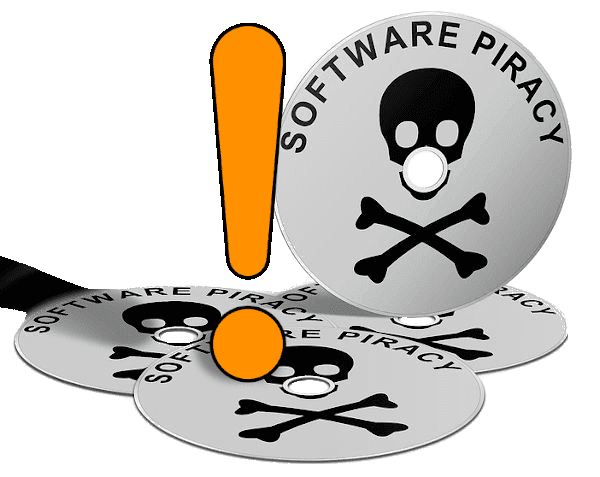- About
- Products
- VTX-200 - Educational WindTunnel
- Software
- Structural Analysis
- Acoustics & Noise
- Flow
- Thermal
- Fatigue, Durability & Vibration
- Systems & Controls
- Materials & Micro Structures
- Multiphysics Co-Simulation
- Motion & Multibody Dynamics
- Machine Learning & AI
- Generative Design & Optimization
- Engineering Lifecycle Management
- Virtual Manufacturing & Costing
- Blogs
- Training & Events
- Academia
- Contact Us
- SIMTEQ Users' Conference
- About
- Products
- VTX-200 - Educational WindTunnel
- Software
- Structural Analysis
- Acoustics & Noise
- Flow
- Thermal
- Fatigue, Durability & Vibration
- Systems & Controls
- Materials & Micro Structures
- Multiphysics Co-Simulation
- Motion & Multibody Dynamics
- Machine Learning & AI
- Generative Design & Optimization
- Engineering Lifecycle Management
- Virtual Manufacturing & Costing
- Blogs
- Training & Events
- Academia
- Contact Us
- SIMTEQ Users' Conference




